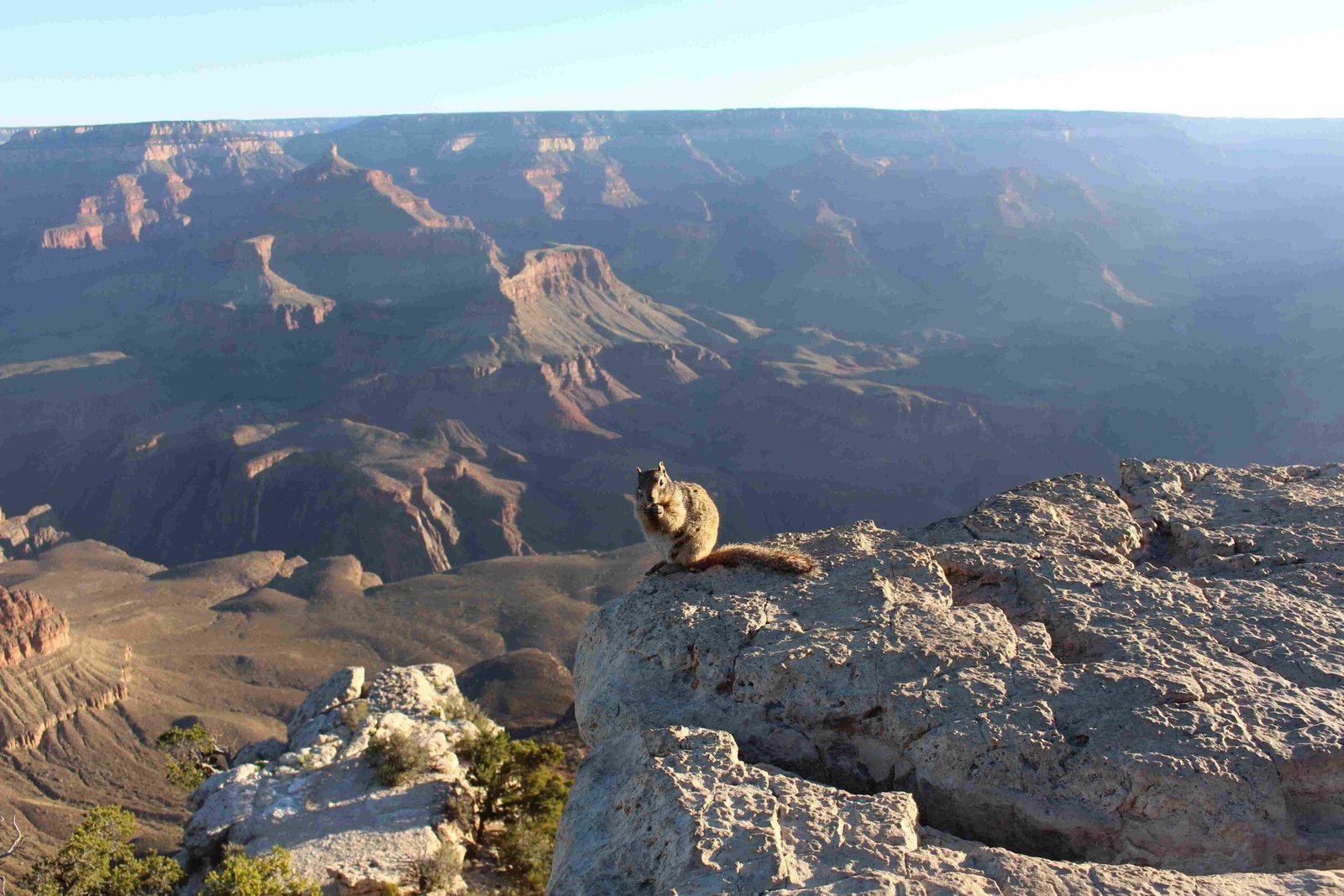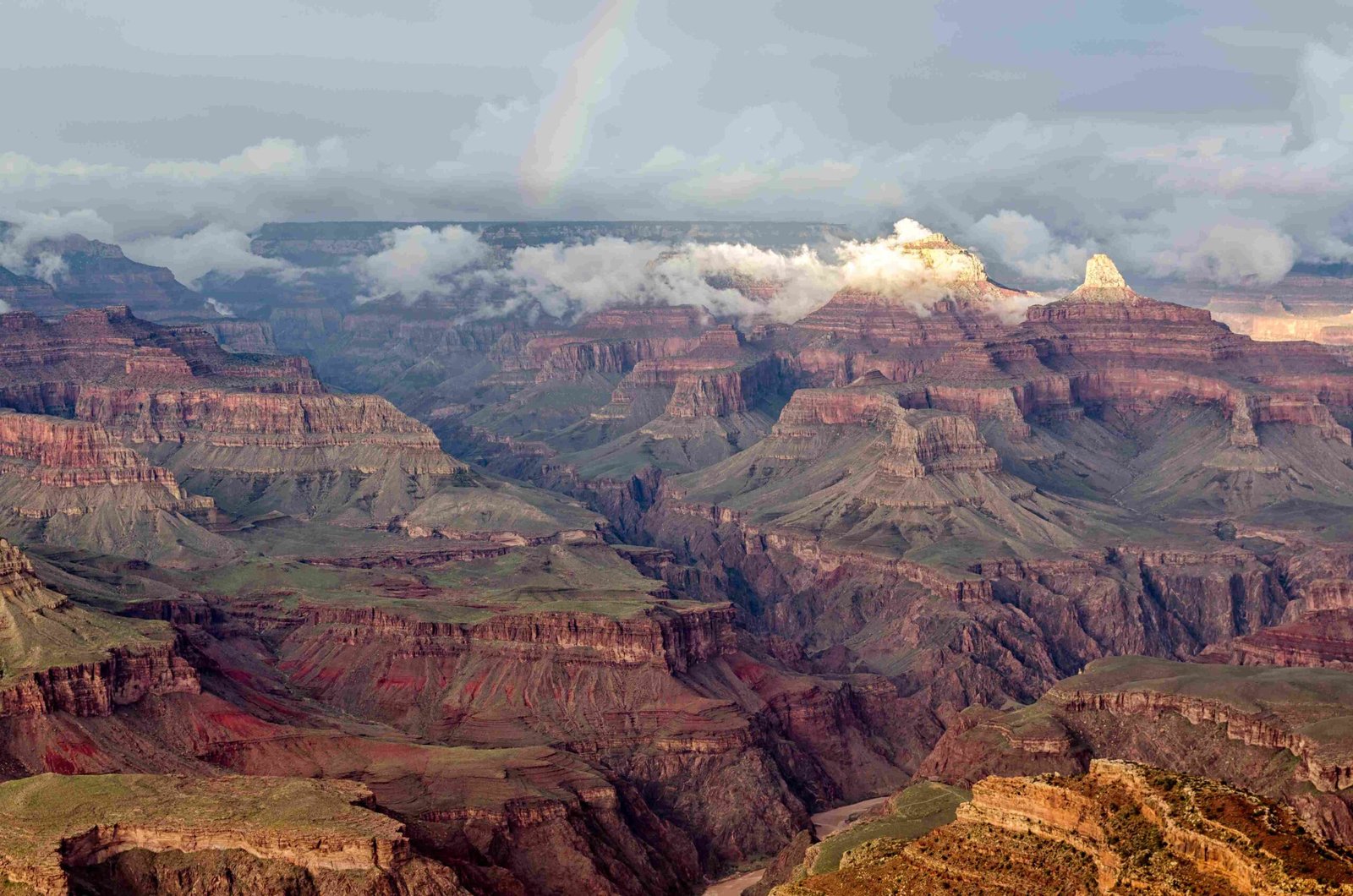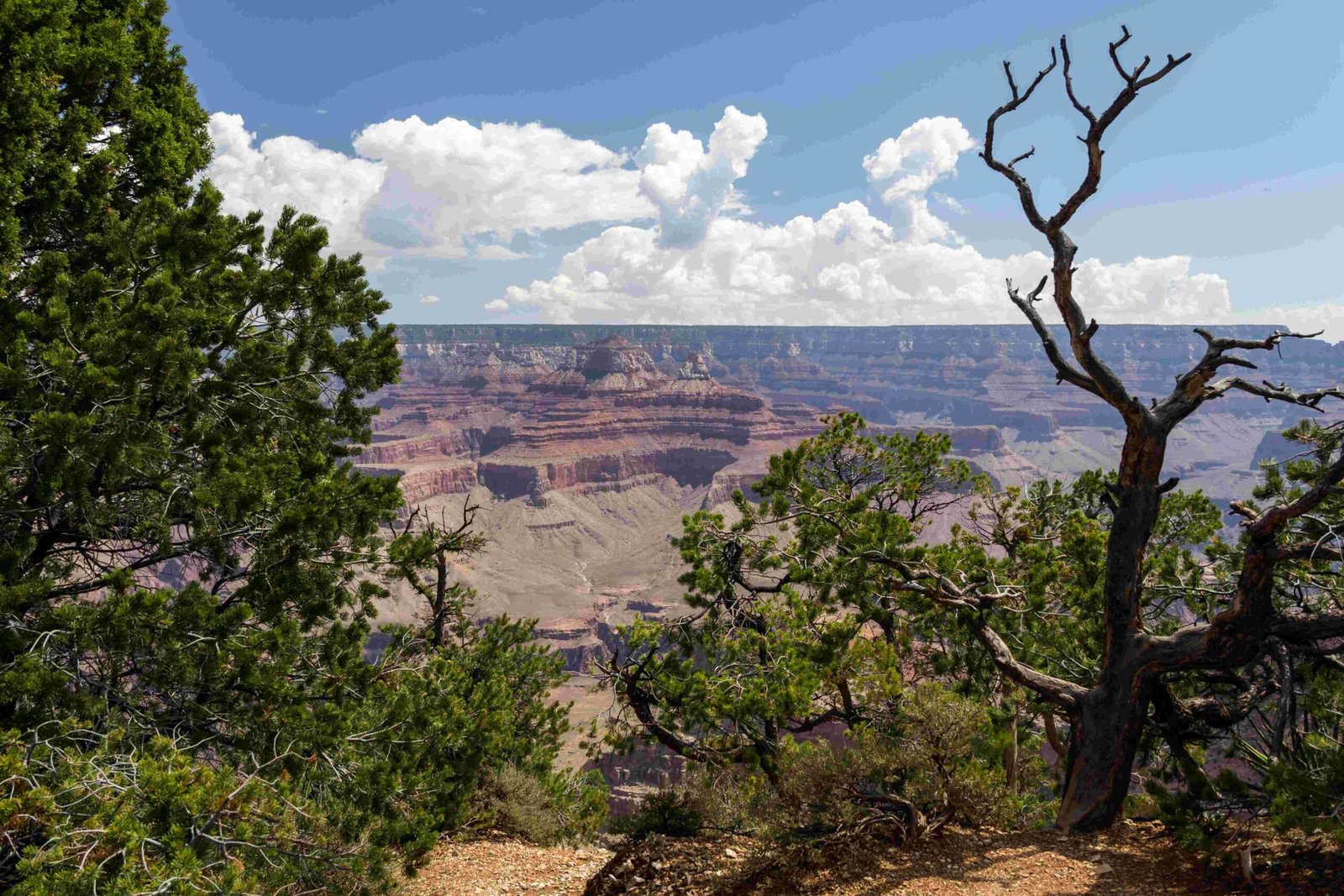The Grand Canyon Tonto Trail Loop represents an extraordinary backcountry hiking experience that challenges adventurers with its dramatic landscape, revealing the raw geological beauty of one of America’s most iconic natural wonders. Spanning approximately 12.8 miles through diverse terrain, this trail offers hikers an immersive journey across the Tonto Platform, connecting South Kaibab and Bright Angel trails with breathtaking canyon perspectives.
What Makes the Grand Canyon Tonto Trail Loop Unique?

The Tonto Trail Loop is not just a hiking route; it’s a transformative wilderness experience that demands physical endurance, strategic planning, and a deep respect for the canyon’s challenging environment. Hikers traverse multiple geological layers, experiencing dramatic elevation changes ranging from 1,110 to 2,195 meters.
How Difficult is the Trail?
| Difficulty Metric | Details |
|---|---|
| Overall Difficulty | Moderate to Strenuous |
| Total Distance | 12.8 miles |
| Elevation Gain | 4,646 feet |
| Estimated Hiking Time | 5-8 hours |
What Should Hikers Prepare?
Essential Gear Checklist
- Minimum 3-4 liters of water per person
- Water treatment equipment
- High-calorie, lightweight food
- Sun protection (hat, sunscreen)
- Navigation tools (GPS, map)
- Emergency first-aid kit
- Sturdy hiking boots
- Layered clothing
What Are the Trail’s Key Sections?
- South Kaibab Trail
- Offers stunning initial descent views
- Notable viewpoints: Oh Ah Point, Skeleton Point
-
Steep switchbacks with dramatic canyon perspectives
-
Tonto Trail Platform
- Relatively flat terrain
- Panoramic canyon vistas
- Less maintained trail sections
-
Requires careful navigation
-
Bright Angel Trail
- Gradual ascent back to rim
- Passes through Indian Gardens
- Optional Plateau Point vista
What Water Sources Exist?
Water sources along the Tonto Trail are limited and require careful treatment:
– Hermit Creek: Reliable but needs purification
– Grapevine Creek: Intermittent water flow
– Pipe Creek: Seasonal water availability
How to Ensure Safe Hiking?
Critical safety considerations include:
– Start early to avoid peak heat
– Monitor personal physical condition
– Carry sufficient water and electrolytes
– Check weather forecasts
– Inform park rangers of your hiking plan
– Carry emergency communication device
What Wildlife Might Hikers Encounter?
Potential wildlife includes:
– Bighorn sheep
– Mule deer
– Various reptile species
– Occasional mountain lions
– Diverse bird populations
When is the Best Time to Hike?
| Season | Recommended? | Conditions |
|---|---|---|
| Spring | Excellent | Mild temperatures, wildflowers |
| Fall | Very Good | Stable weather, fewer crowds |
| Summer | Challenging | Extreme heat, high risk |
| Winter | Difficult | Potential snow, cold temperatures |
Pro Tips for Success
- Acclimatize to altitude before hiking
- Train with weighted backpack
- Practice proper hydration techniques
- Use trekking poles for stability
- Pack lightweight, nutrient-dense food
Conclusion

The Grand Canyon Tonto Trail Loop offers an unparalleled hiking experience that combines physical challenge with extraordinary natural beauty. Proper preparation, respect for the environment, and personal fitness are key to a successful and memorable adventure.

